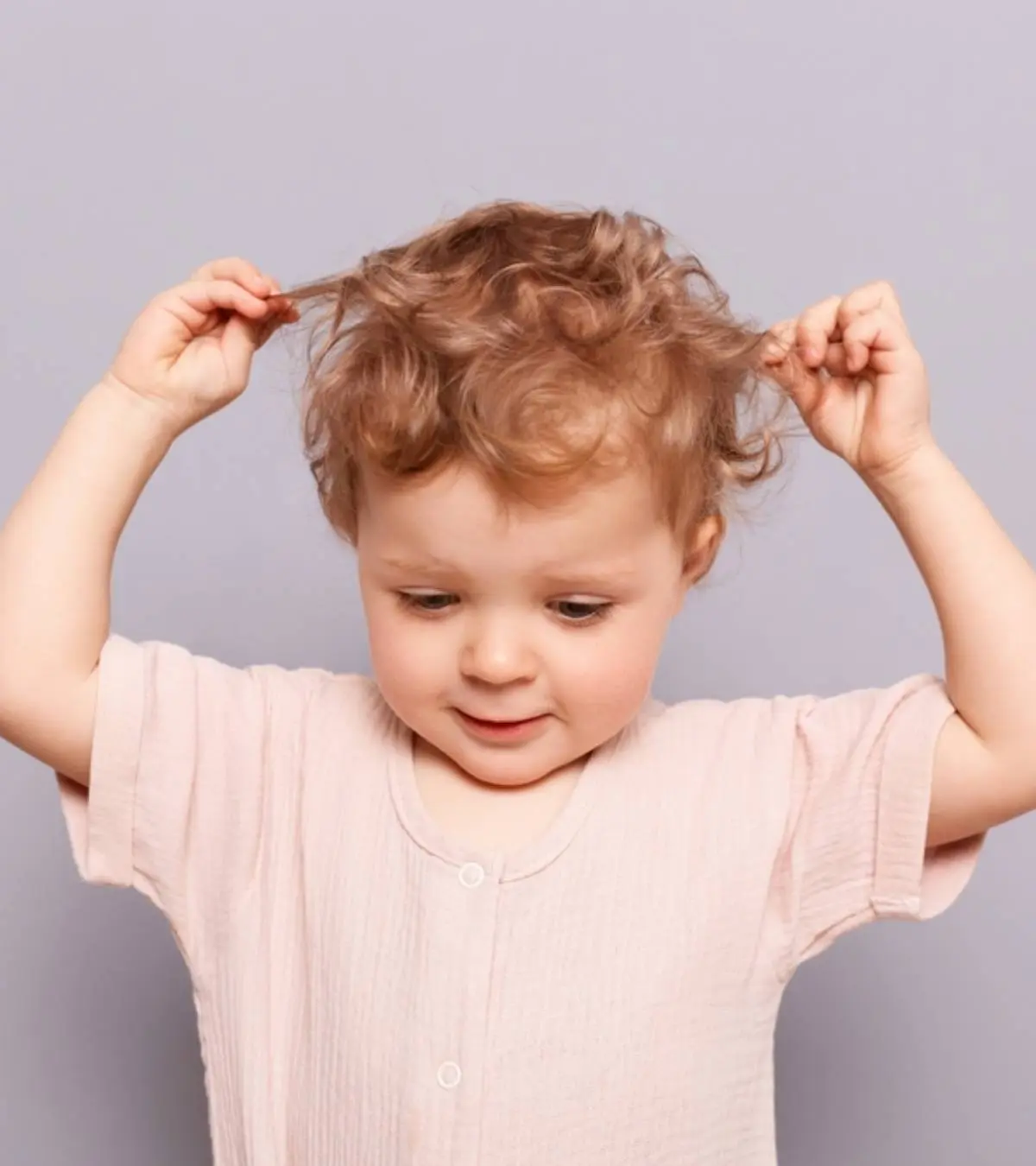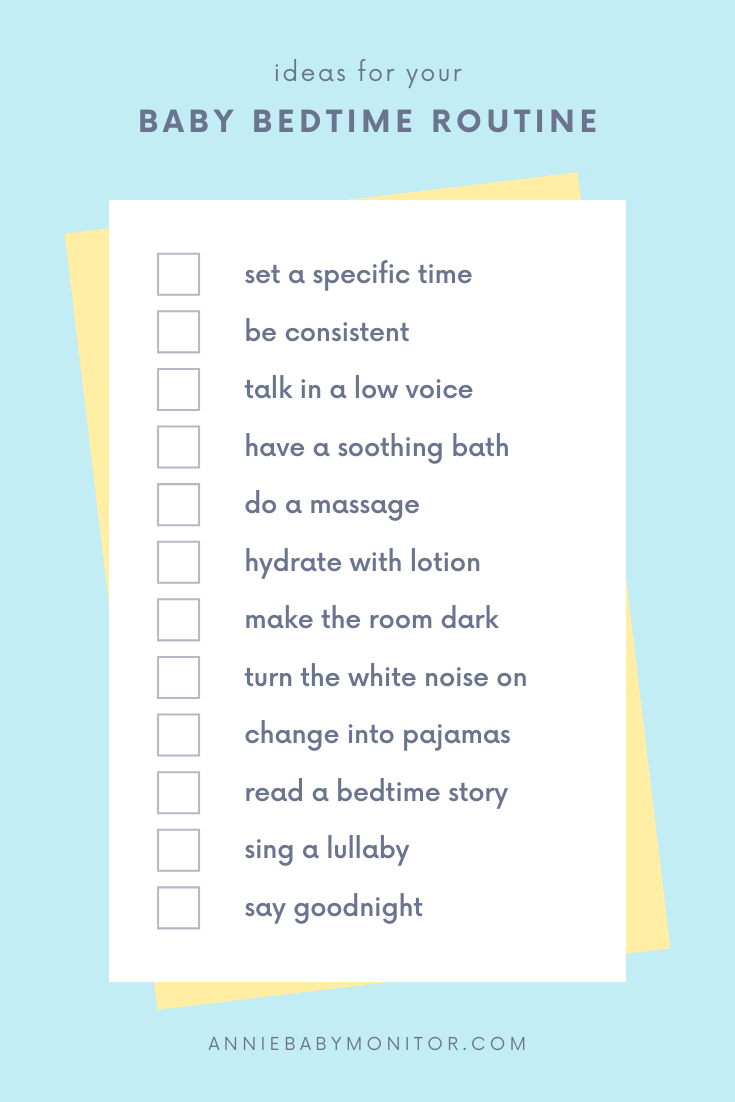Why Does My Baby Pull Their Hair When Going to Sleep?
A Complete Parent's Guide to Understanding and Managing Hair Pulling Behaviors at Bedtime
:max_bytes(150000):strip_icc()/Parents-GettyImages-1465950984-fd2596f7032a46c08dbaa351c79227aa.jpg)
Key Takeaway
Baby hair pulling during bedtime is typically a normal self-soothing behavior that most children outgrow naturally. Understanding the underlying causes and implementing gentle intervention strategies can help create a more peaceful bedtime routine for both you and your little one.
Introduction: The Bedtime Hair Pulling Mystery
Picture this scenario: It's bedtime, and you've just finished your carefully crafted nighttime routine with your baby. You've read stories, sung lullabies, and created the perfect sleep environment. But as you watch through the baby monitor, you notice something concerning – your little one is tugging, twisting, or pulling at their hair as they settle down to sleep.
If you're reading this article, chances are you've witnessed this behavior and found yourself wondering: "Is this normal? Should I be worried? How can I help my baby sleep more peacefully?" You're not alone. Hair pulling at bedtime is one of the most common yet misunderstood behaviors that babies and toddlers exhibit during their sleep routines.
As parents, we naturally want to understand every aspect of our child's development and behavior. When we see our babies engaging in what appears to be self-destructive or uncomfortable activities, our protective instincts kick in immediately. The sight of our precious little ones pulling at their hair can trigger anxiety, confusion, and an urgent desire to find solutions.
This comprehensive guide will take you through everything you need to know about baby hair pulling behaviors at bedtime. We'll explore the fascinating world of infant self-soothing mechanisms, delve into the developmental psychology behind these behaviors, and provide you with practical, evidence-based strategies to help your baby develop healthier sleep associations.

Understanding Baby Hair Pulling: The Science Behind the Behavior
What Is Hair Pulling in Babies?
Hair pulling in babies, medically known as trichotillomania when it becomes compulsive, is a repetitive behavior where infants and toddlers grasp, twist, tug, or pull at their own hair. This behavior most commonly occurs during transitional periods, particularly when babies are trying to fall asleep, waking up from naps, or feeling drowsy.
Unlike the clinical condition of trichotillomania seen in older children and adults, hair pulling in babies is typically a temporary developmental phase that serves specific emotional and sensory needs. The behavior usually emerges between 6 months and 2 years of age, coinciding with significant developmental milestones in motor skills, sensory processing, and emotional regulation.
The hair pulling can manifest in various forms:
- Gentle Twisting: Babies may wrap strands of hair around their fingers and gently twist or twirl them
- Rhythmic Tugging: Repetitive pulling motions that create a soothing rhythm
- Hair Stroking: Soft, repetitive touching or stroking of hair strands
- Aggressive Pulling: More forceful tugging that may result in hair loss or scalp irritation
- Hair Eating: Some babies may put pulled hair in their mouths (trichophagia)
The Neurological Foundation
To truly understand why babies pull their hair at bedtime, we need to examine the neurological processes occurring in their developing brains. The infant brain is remarkably plastic and constantly forming new neural pathways. During the first two years of life, babies experience rapid brain development, with neural connections forming at an astounding rate of 700-1,000 new synapses per second.
The sensory systems play a crucial role in this development. Hair pulling provides what neurologists call "proprioceptive input" – sensory information that helps babies understand their body's position in space and provides deep pressure stimulation. This type of sensory input activates the parasympathetic nervous system, which is responsible for the body's "rest and digest" response, naturally promoting relaxation and sleep readiness.
The repetitive nature of hair pulling also engages the brain's reward system. Each tug or twist releases small amounts of endorphins, the body's natural "feel-good" chemicals. This creates a self-reinforcing cycle where the behavior becomes associated with comfort and relaxation, making it an effective self-soothing strategy from the baby's perspective.
Developmental Insight
The prefrontal cortex, responsible for impulse control and self-regulation, doesn't fully develop until around age 25. In babies and toddlers, this area is still in its infancy, which explains why they rely heavily on external soothing techniques and repetitive behaviors to regulate their emotions and achieve calm states.
The Root Causes: Why Babies Pull Their Hair at Bedtime

1. Self-Soothing and Emotional Regulation
The primary reason babies pull their hair at bedtime is self-soothing. Just as adults might engage in repetitive behaviors when stressed or tired – such as tapping fingers, twirling hair, or fidgeting with jewelry – babies naturally gravitate toward repetitive actions that provide comfort and help them transition from an alert state to a sleepy one.
Hair pulling serves multiple self-soothing functions:
- Rhythmic Comfort: The repetitive motion creates a predictable pattern that helps regulate the nervous system
- Tactile Stimulation: The sensation of hair between fingers provides pleasant sensory input
- Focus and Distraction: Concentrating on the physical sensation helps babies block out other stimuli that might interfere with sleep
- Emotional Release: The behavior can serve as an outlet for accumulated tension or overstimulation from the day
Dr. Sarah Chen, a pediatric sleep specialist at Children's Hospital of Philadelphia, explains: "Hair pulling in babies is often their way of creating a bridge between wakefulness and sleep. It's a self-generated comfort mechanism that helps them navigate the vulnerable transition period when they're moving from conscious awareness to unconsciousness."
2. Sensory Processing and Integration
Babies are sensory explorers, constantly gathering information about their world through touch, sight, sound, taste, and movement. Hair pulling provides rich sensory input that helps babies process and integrate sensory information, particularly during the quieter moments before sleep when external sensory input is reduced.
The sensory aspects of hair pulling include:
- Tactile Input: The varied textures of hair provide interesting tactile experiences
- Proprioceptive Feedback: The resistance and pull of hair against the scalp provides body awareness
- Fine Motor Practice: Grasping and manipulating hair helps develop finger dexterity and hand-eye coordination
- Vestibular Stimulation: Head movements during hair pulling can provide subtle balance and spatial orientation input
Some babies have heightened sensory needs and may pull their hair more frequently or intensely as a way to achieve optimal sensory arousal levels for sleep. This is particularly common in babies who are highly sensitive to environmental stimuli or those who have difficulty processing sensory information effectively.
3. Developmental Milestones and Motor Skills
Hair pulling often coincides with significant developmental milestones, particularly advances in fine motor skills and hand-eye coordination. Between 6-12 months, babies develop the pincer grasp – the ability to pick up small objects using their thumb and forefinger. Hair provides an easily accessible "toy" for practicing these newly acquired skills.
The developmental connection explains why hair pulling tends to:
- Emerge around 6-8 months when fine motor skills are rapidly developing
- Intensify during periods of significant developmental leaps
- Often decrease naturally as babies develop more sophisticated self-soothing strategies
- Vary in intensity based on the child's individual developmental timeline

4. Comfort Object Substitution
In the absence of traditional comfort objects like blankets, stuffed animals, or pacifiers, babies may turn to parts of their own body for comfort. Hair is always available, attached, and provides consistent sensory input, making it an ideal substitute comfort object.
This is particularly common in babies who:
- Have not yet developed attachment to specific comfort items
- Are going through transitions that separate them from their usual comfort objects
- Find traditional comfort objects inadequate for their specific sensory needs
- Are naturally more independent and prefer self-generated comfort strategies
5. Sleep Associations and Habitual Patterns
Once babies discover that hair pulling helps them feel calm and sleepy, it can quickly become a learned sleep association. The brain forms powerful connections between specific behaviors and sleep onset, creating automated patterns that trigger whenever the baby encounters sleep-related cues.
These sleep associations develop through:
- Classical Conditioning: The pairing of hair pulling with the pleasant sensation of falling asleep
- Routine Reinforcement: Repeated success using hair pulling to achieve sleep
- Environmental Triggers: Specific contexts (dim lights, quiet room, lying down) that automatically trigger the behavior
- Emotional Memory: The brain's storage of positive emotional experiences associated with hair pulling
6. Overstimulation and Environmental Factors
Modern life can be overwhelming for babies' developing sensory systems. Throughout the day, babies are exposed to numerous sights, sounds, textures, and experiences that their brains must process and integrate. By bedtime, many babies are dealing with sensory overload and need strategies to decompress and regulate their nervous systems.
Hair pulling can serve as a way to:
- Block out excessive environmental stimuli
- Provide a single, focused sensory experience
- Create a predictable sensory pattern in an unpredictable world
- Release accumulated tension from overstimulation
When to Be Concerned
While hair pulling is typically normal, consult your pediatrician if you notice: significant hair loss, scalp irritation or bleeding, aggressive pulling that seems to cause pain, the behavior interfering with sleep quality, or hair pulling accompanied by other concerning behaviors like head banging or excessive crying.
Age-Related Patterns: Understanding Hair Pulling Through Development
Infants (0-6 Months): Pre-Hair Pulling Phase
During the first six months of life, babies typically don't engage in hair pulling behaviors because they haven't yet developed the fine motor skills necessary for grasping and manipulating their hair effectively. However, you might notice the early precursors to hair pulling during this phase:
- Reflexive Grasping: Newborns have a strong grasp reflex and may accidentally grab onto hair (theirs or yours) during feeding or cuddling
- Hand-to-Mouth Exploration: Babies begin bringing their hands to their mouths around 2-3 months, practicing the motor patterns they'll later use for hair pulling
- Visual Focus Development: As vision improves, babies begin to visually track moving objects, including their own hands and hair
- Sensory Seeking: Even young infants show preferences for certain textures and sensations, laying the groundwork for future hair pulling behaviors
During this phase, focus on providing appropriate sensory experiences through gentle massage, varied textures during tummy time, and rich sensory environments that support healthy development.
Mobile Infants (6-12 Months): Emergence Phase
This is typically when hair